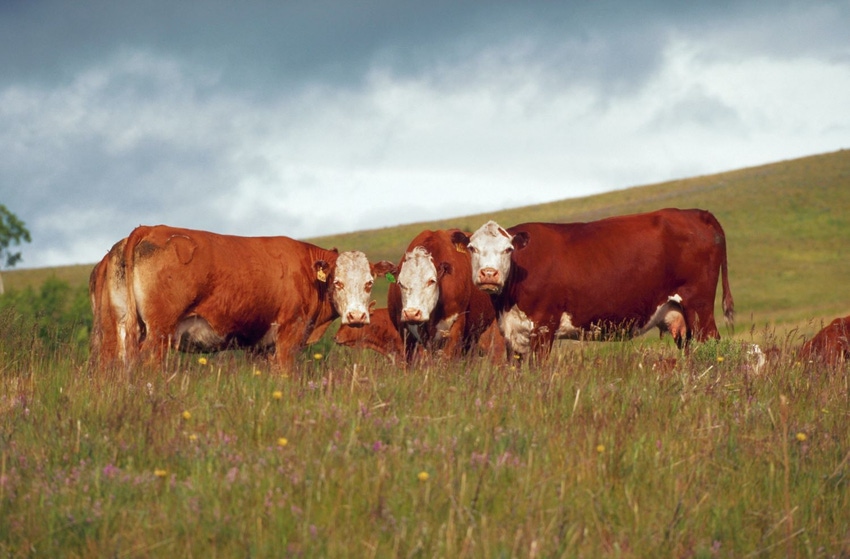Feeder cattle basis
For feeder cattle, the basis tends to be positive in the northern plains.
February 10, 2023

Early in the year is a good time to reflect on price trends and consider price expectations. At the local level, one way to do that is to look back at basis levels. Basis is the difference between a cash price and a nearby futures price. For feeder cattle, the basis tends to be positive in the northern plains, meaning the cash price is higher than the futures price.
For example, South Dakota feeder cattle are included in the CME Feeder Cattle Index, thus the basis reflects quality differences and location rather than weight differences. Is basis stable? Does it matter? Monthly feeder cattle basis in South Dakota averaged $4.13 per cwt. in 2022, which masks a low of -$0.42 in June and $9.12 in October. To put those levels in perspective, the basis is usually compared against a rolling 5-year average basis by month. Thus, the June basis was expected to be $2.18 per cwt. For the year, basis was a little below average from January through June, then above average from July through October, then below average again to finish out the year.
Turning to price expectations, an expected basis can be used to go from a futures price to an expected cash price. For planning purposes, a rolling 5-year average is again used or suggested as a starting point. The default 5-year average could certainly be scrutinized. Using too short of a look-back period may overweight an extreme year. Using too long of a look-back period may bring in unrealistic price levels.
Perhaps an Olympic average could be used to smooth out the effects of extremes. Sticking with the simple average suggests using $3-4 per cwt for expected basis, regardless of the month. Nobody gets too excited about mid-summer basis levels in South Dakota, as the volume of feeder cattle is relatively thin during that time of year. Basis levels in June and July are less predictable as the thin cash prices are relative to August futures.
The other aspect with basis is not to lose sight of is the risk reduction that can come from using futures or from hedging in general compared to being in the cash market. Consider hedging feeder cattle against September futures. Both buyers and sellers would face cash price risk that could be reduced by using futures. The rolling 5-year average basis was used to adjust the futures prices five, three, and one months prior to expiration.
Basis forecasts for the past decade had root mean square error (RMSE) levels of $5.27 for September. Or, basis is going to be off by that much, per cwt, year in and year out. The forecasted cash prices had RMSE levels of $9.47, $13.88, and $20.21 for one, three and five months out. Most of the error was driven by changes in the futures price between when a hedge is placed and lifted. The RMSE levels were $7.57, $11.83, and $18.63 for the same periods. Similar results were found for March. The point is that futures risk is larger than basis risk and futures risk becomes more pronounced as hedging horizons lengthen.
You May Also Like



